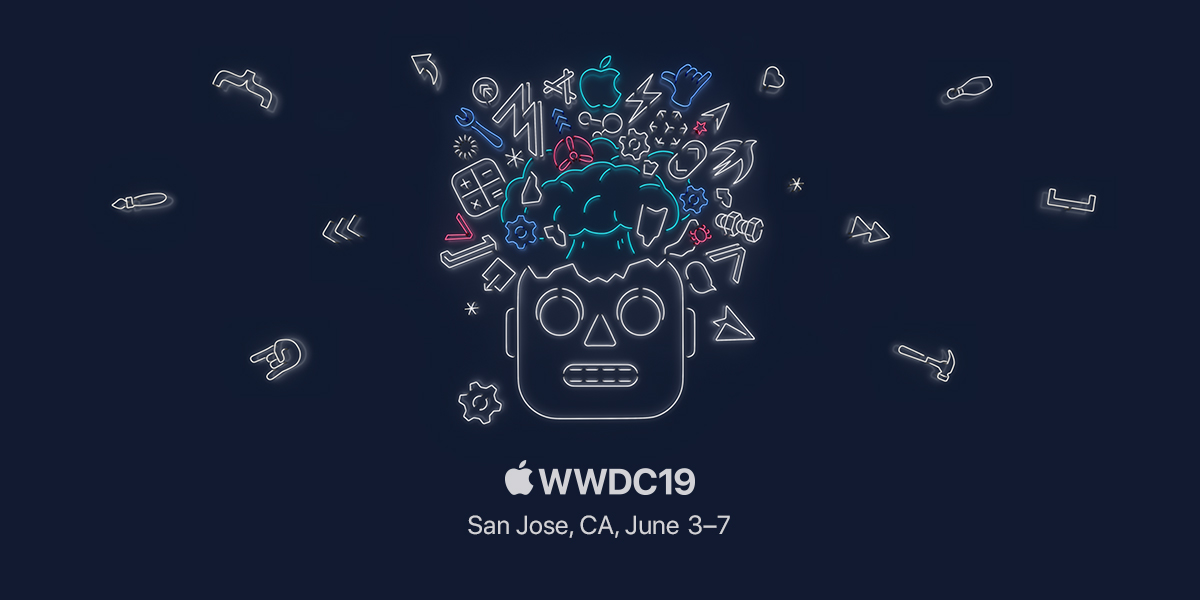How to use dynamic color in iOS
Issue #792
iOS 13 introduced Dark Mode with User Interface Style that makes it easy to support dark and light theme in our apps. Before we dive in, here are some official resources
Issue #792
iOS 13 introduced Dark Mode with User Interface Style that makes it easy to support dark and light theme in our apps. Before we dive in, here are some official resources
Issue #744
As someone who builds lots of apps, I try to find quick ways to do things. One of them is to avoid repetitive and cumbersome APIs. That’s why I built Anchors to make Auto Layout more convenient, Omnia to add missing extensions. The next …
Issue #742
Auto Layout has been around since macOS 10.7 and iOS 6.0 as a nicer way to do layouts over the old resizing masks. Besides some rare cases when we need to manually specify origins and sizes, Auto Layout is the preferred way to do …
Issue #734
In SwiftUI there are fixed frame and flexible frame modifiers.
Use this method to specify a fixed size for a view’s width, height, or both. If you only …
Issue #715
I remember this time last year in December 2019, I spent almost every single bit of my free time on Puma because I want a Swift friendly version of fastlane that suits my need and leverages Swift 5 features.
Here’s my review of my …
Issue #682
After has recently reminded about his updating APNs provider API which makes me realised a lot has changed about push notifications, both in terms of client and provider approach.
The HTTP/2-based Apple Push Notification service (APNs) …
Issue #305

This year I’m lucky enough to get the ticket to WWDC and I couldn’t be more satisfied. 5 conference days full of awesomeness, talks, labs and networking, all make WWDC special and memorial conference for every attendee.
As …
Issue #268
React Native was designed to be “learn once, write anywhere,” and it is usually used to build cross platform apps for iOS and Android. And for each app that we build, there are times we need to reuse the same code, build and tweak it a bit …
Issue #258
I started iOS development when iOS 7 had been announced. And I have learned a bit, through working, advice from colleagues and the iOS community.
In this article, I’d like to share a lot of good practices by taking the example of a simple …